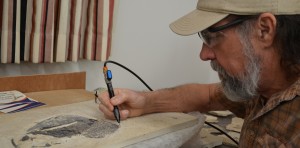
Billy Morris, professor of geology on the Floyd campus, provides his students with the ability to look at fossils he has collected as well as watch the process of fossil preparation.
Morris is from Rome, Georgia and has been on GHC’s Floyd campus since 1994.
According to Morris, his love for fossils and geology started from an early age as he began to find fossils and rocks that interested him while on adventures with his family throughout the state.
Morris has fossils of all sorts in his geology lab. His favorite fossil is a two foot long Phareodus Encaustus, which is a 50-million-year-old prehistoric fish that is similar to a piranha. Morris found this fossil while on the annual GHC Wyoming trip in southwest Wyoming at a quarry known for having an abundance of fossils.
Morris has been working on this specific fossil for five years, working to extract the fossil that is encased in the hard rock. This fossil is also so well preserved in the fine grain mud turned to rock that there is still skin on the fish, which makes this fossil very delicate.
Morris said, “The coolest thing about cracking rocks open and seeing a fish like that is that you are the only living thing that has seen this fish in 50 million years.”
Fossil preparation involves removing the matrix, which is the rock the fossil is incased in to reveal the contents. Tools such as picks, chisels, air abrasive tools and air impact tools are used in the preparation of fossils by Morris.
The fossils Morris works on are used in the classroom as well as put on display and brought to local elementary and middle schools for presentations. Some of the fossils are also donated by Morris to the elementary and middle school science classrooms.
The process of collecting fossils includes splitting large slabs of rock with chisels and hammers to reveal the fossils incased in the layers of rock.
Xinia Smith Camacho, GHC student as well as a financial services accountant at GHC, attended the Wyoming trip and said, “You learn better by looking at things and Billy Morris is so passionate he makes learning from him seem like a one on one conversation.”
Students who wish to attend the summer Geology field class in Wyoming with Morris and find fossils of their own can fill out an application on the Wyoming trip website http://highlands.edu/wyoming.
If GHC community members have questions about the Wyoming trip or wish to see Morris’s fossil collection they can do so by emailing him at [email protected] or by visiting his office in room W-325.
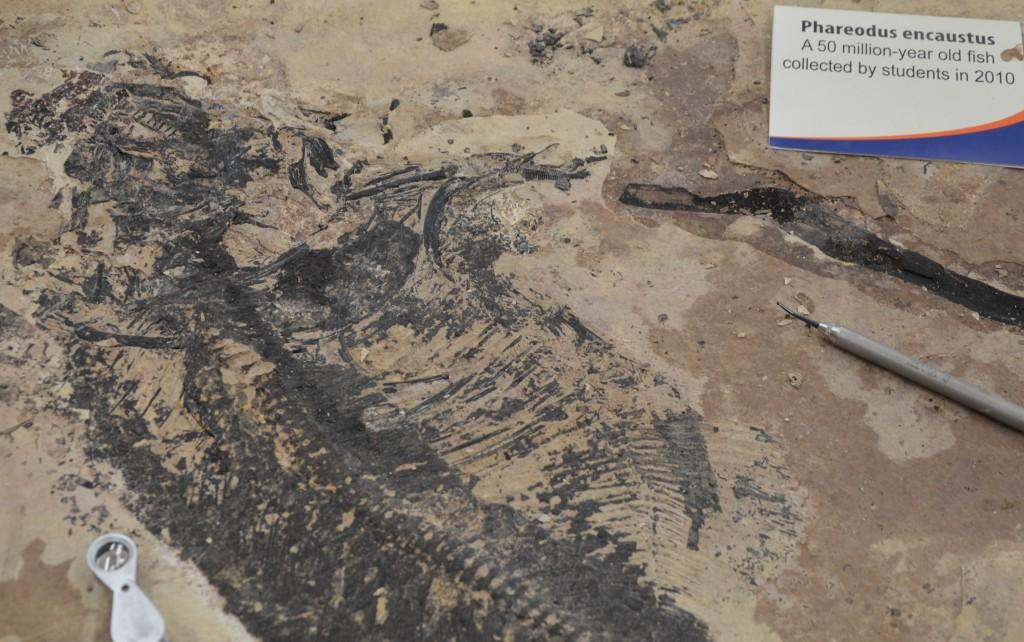

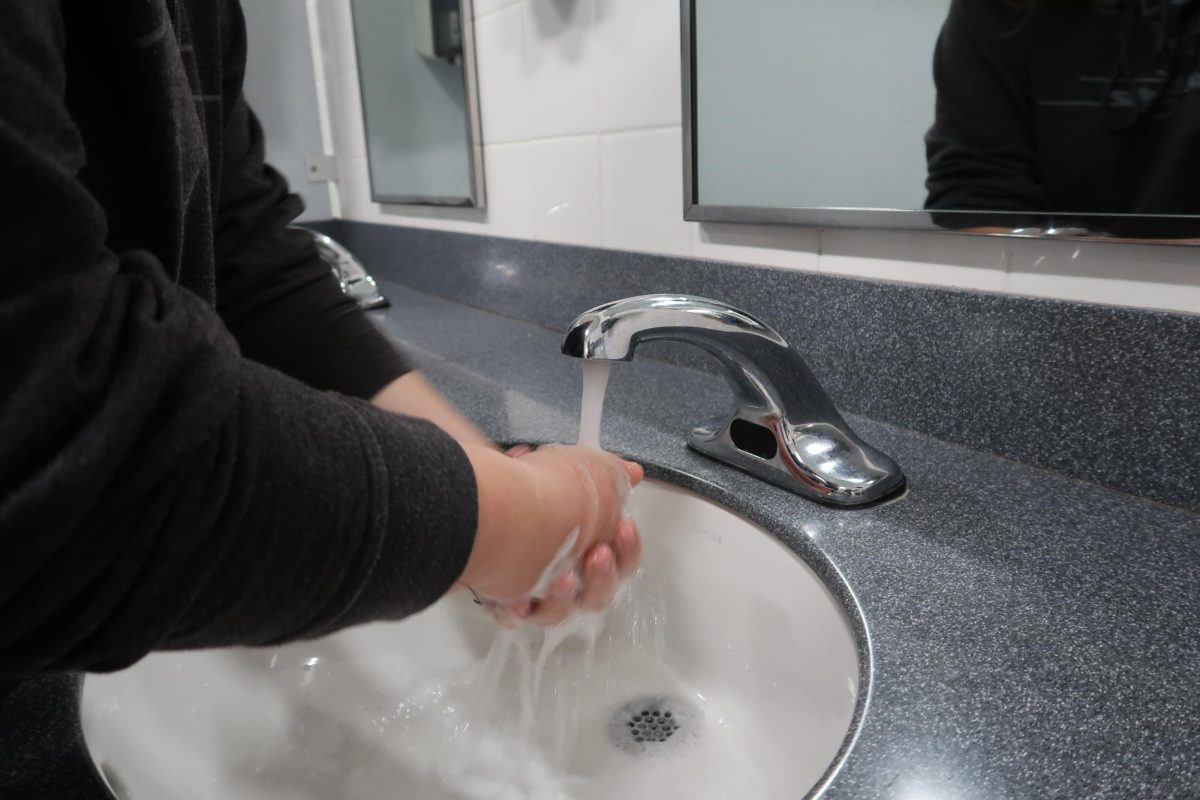
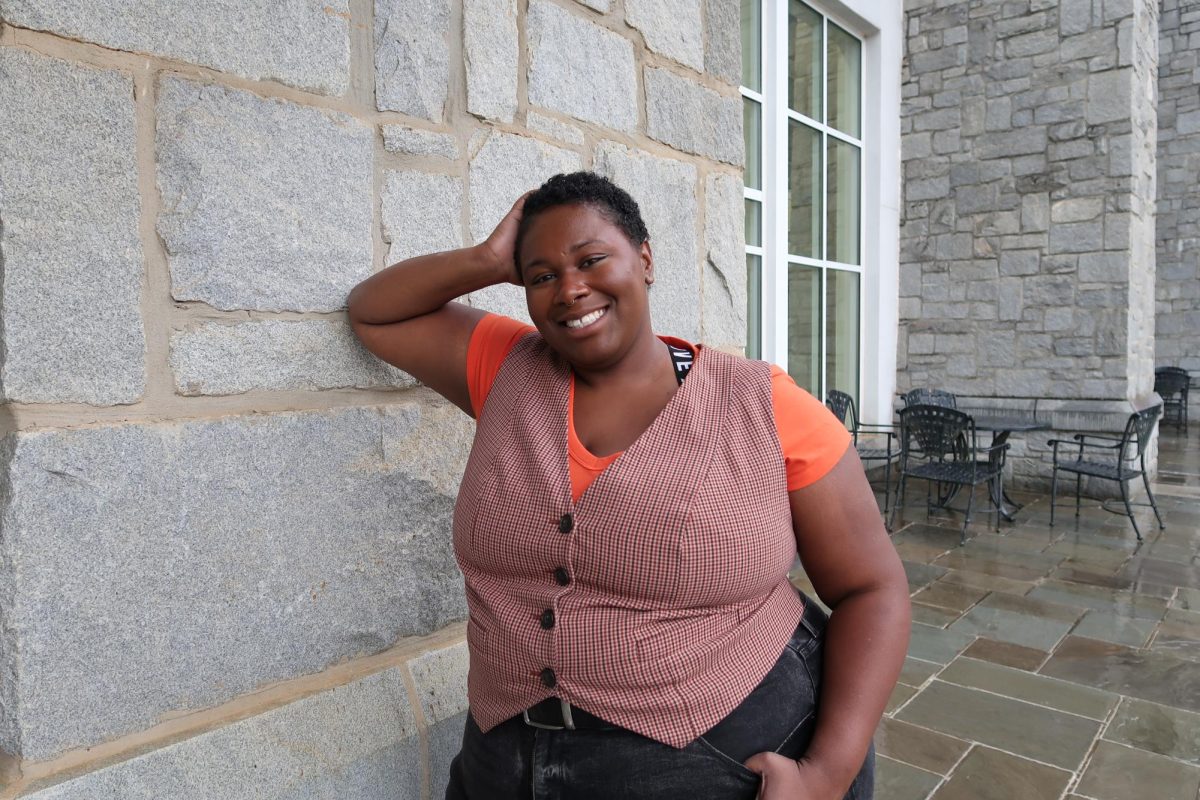
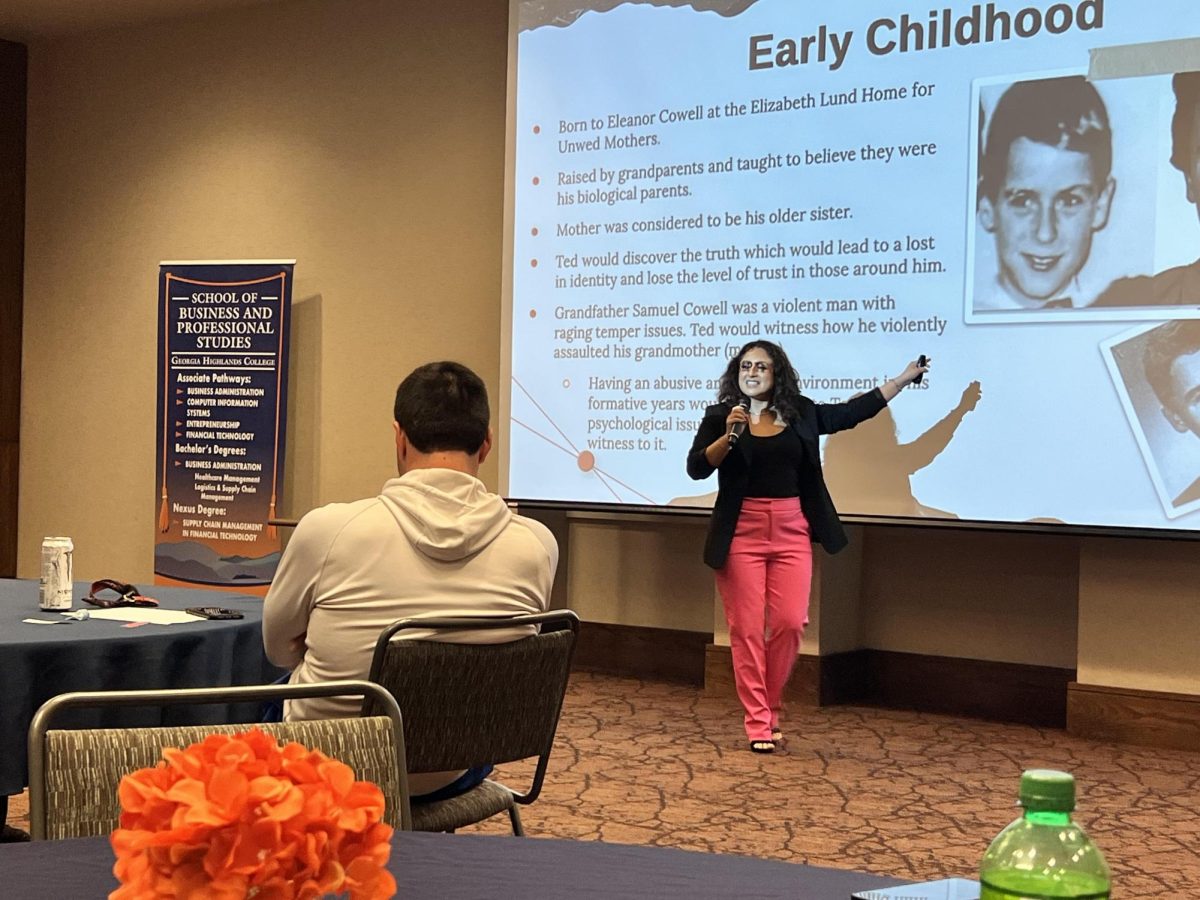
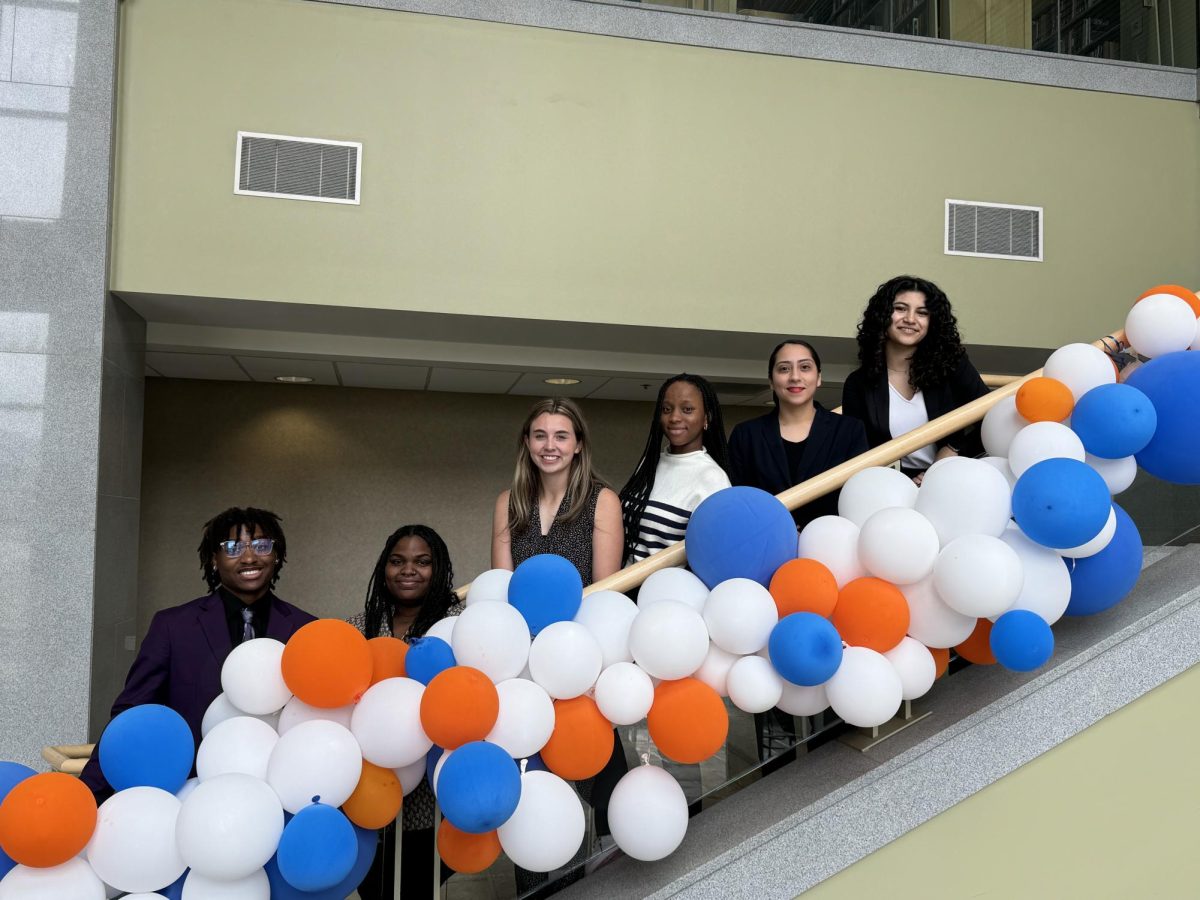
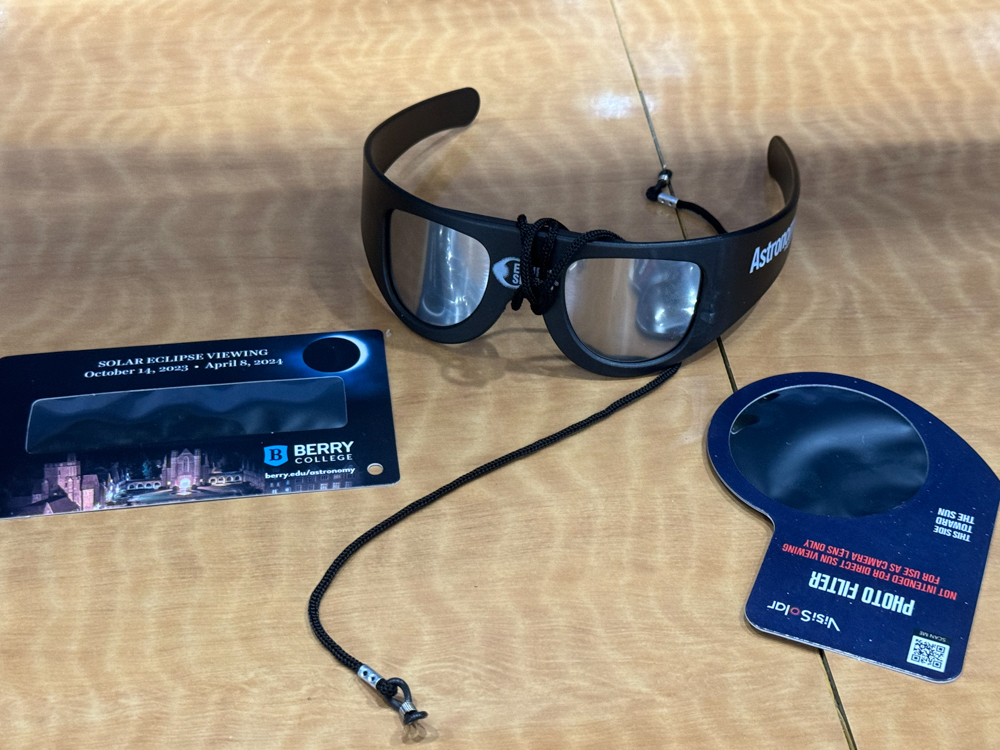
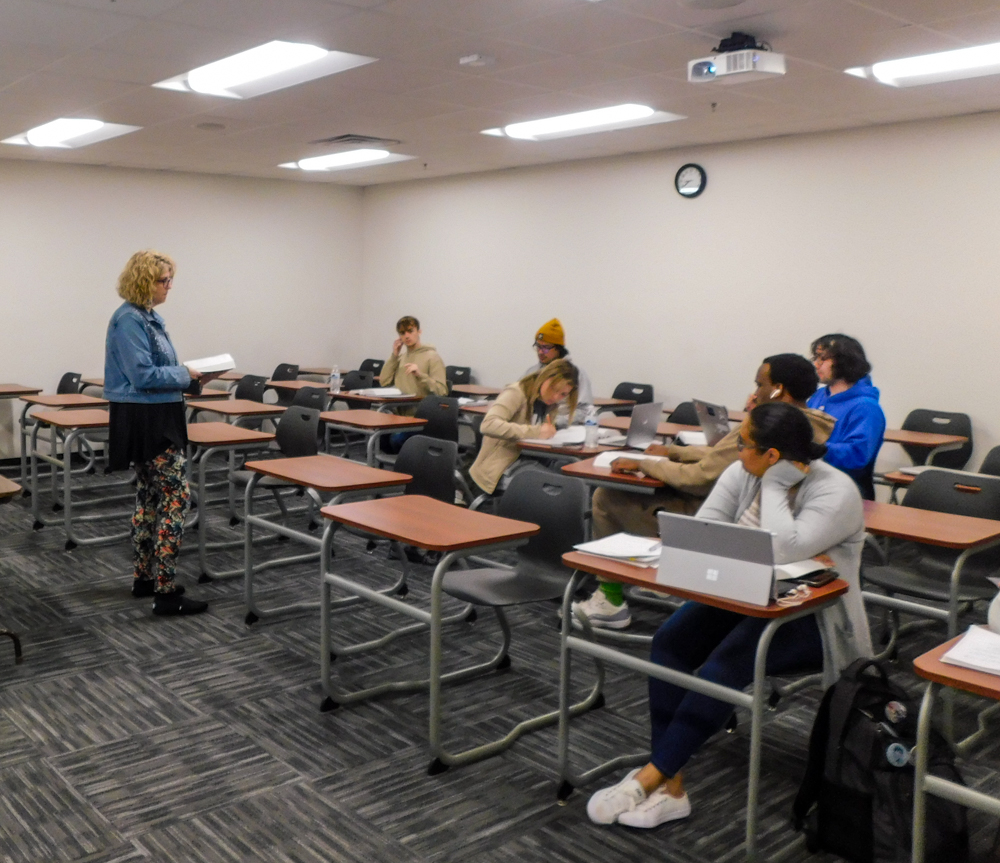
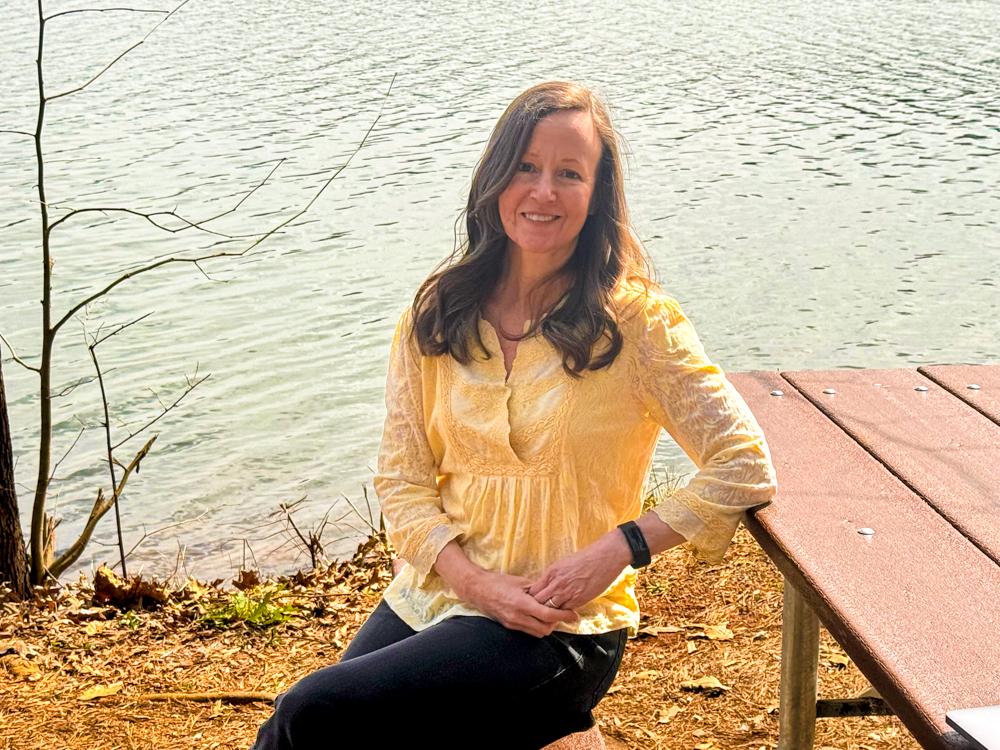
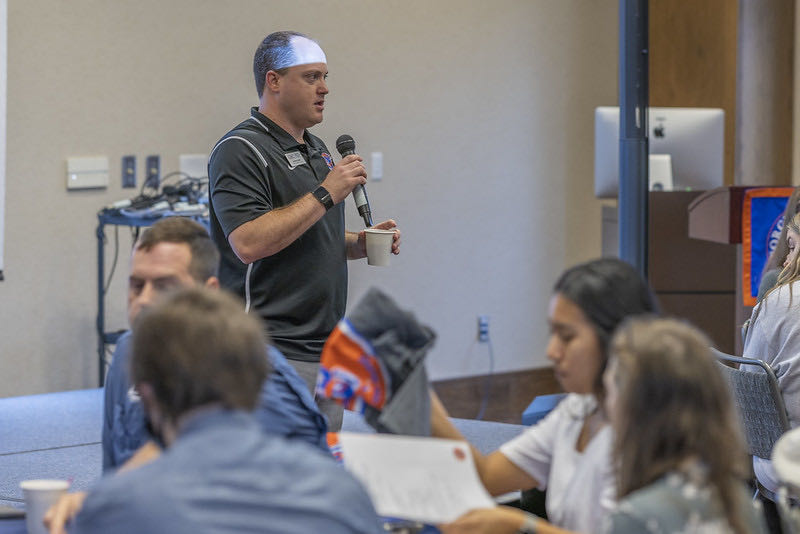
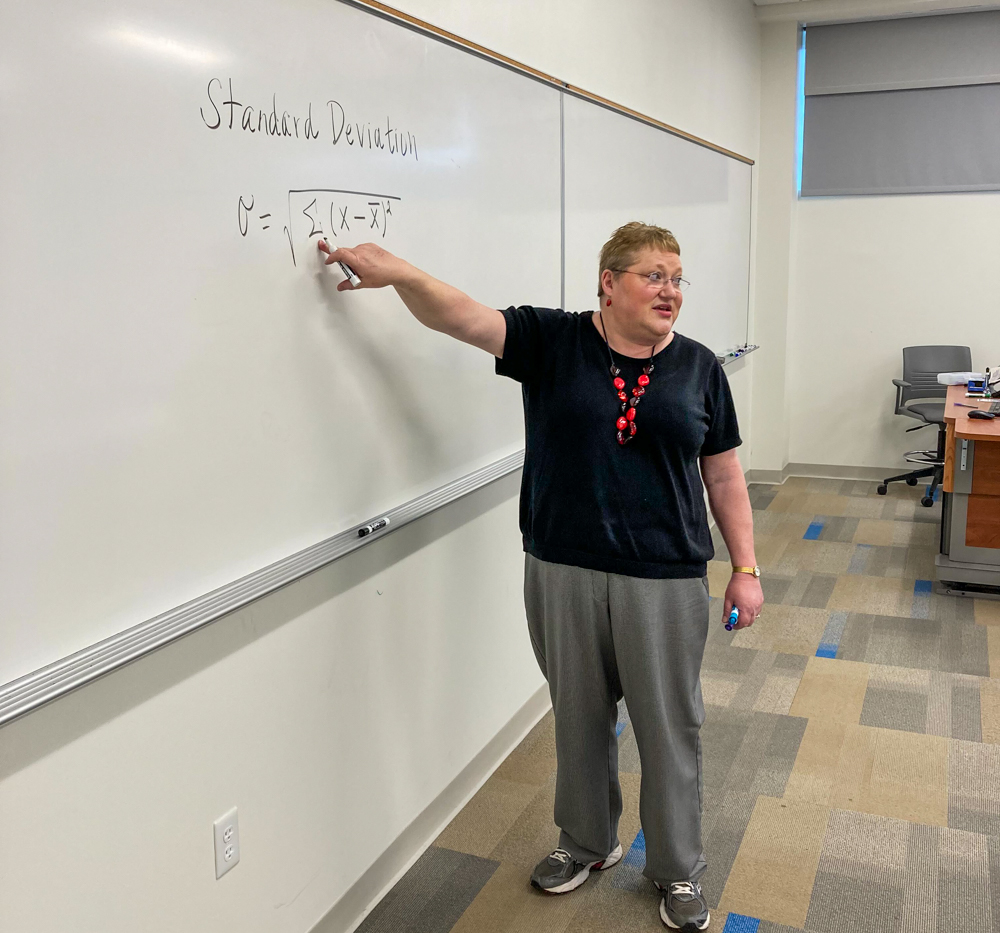
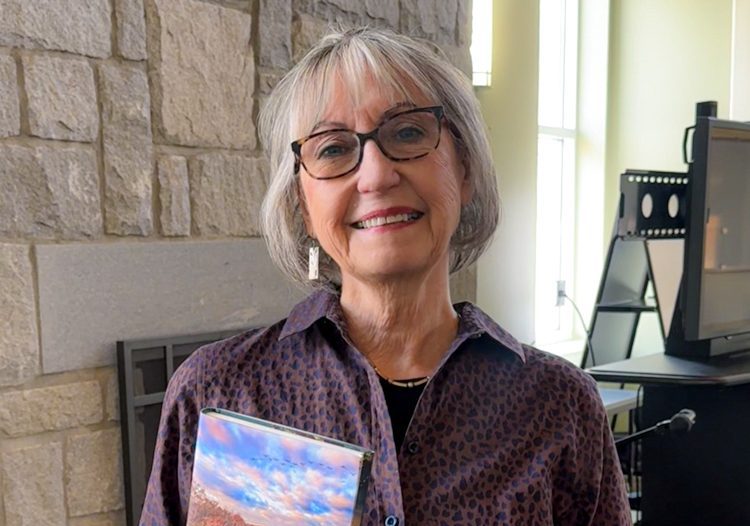
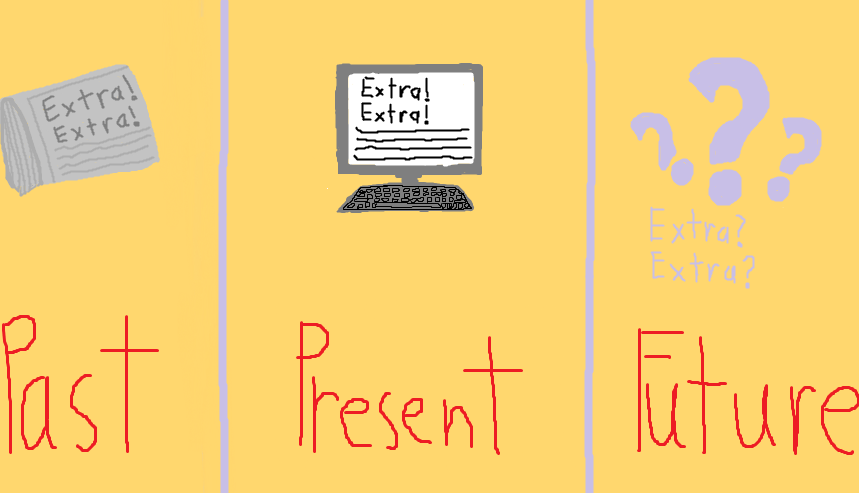



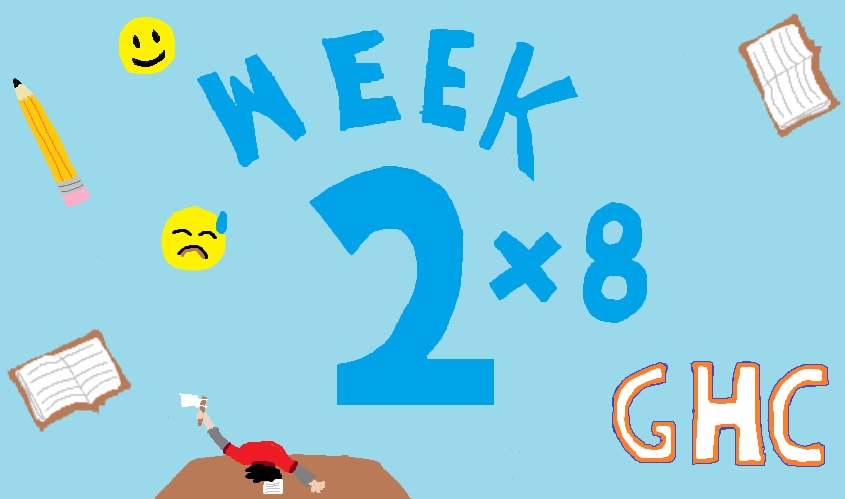
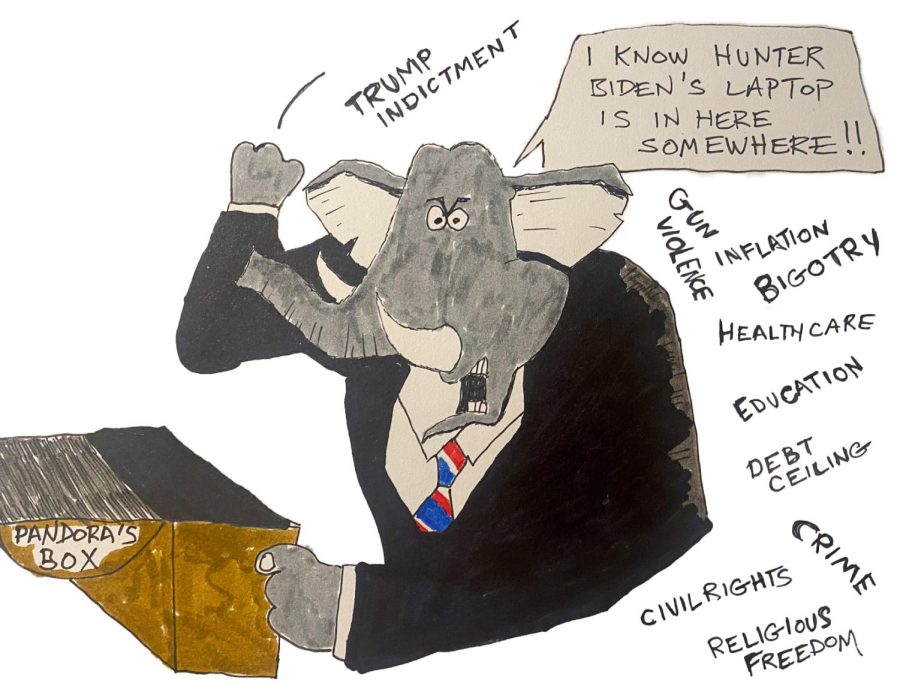
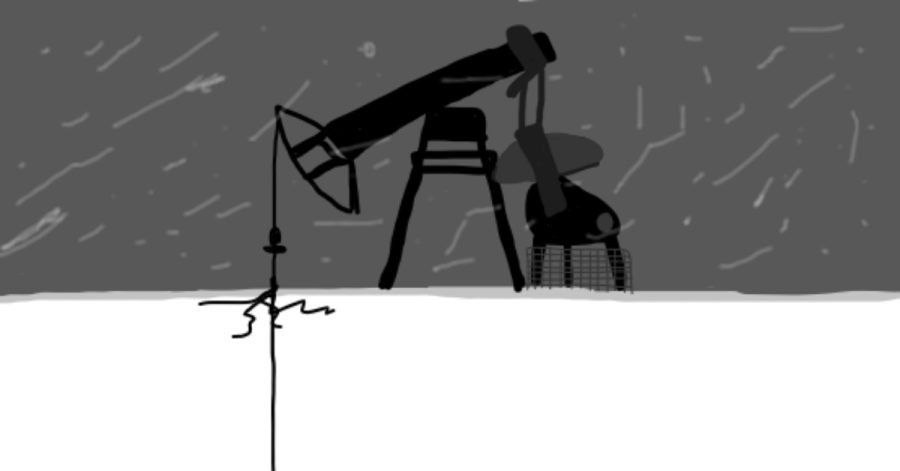
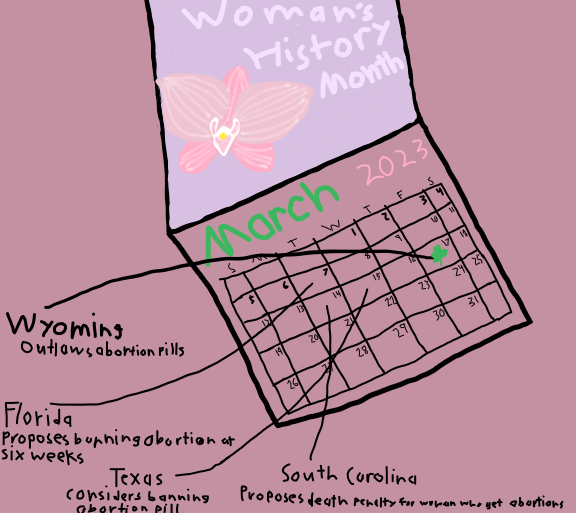
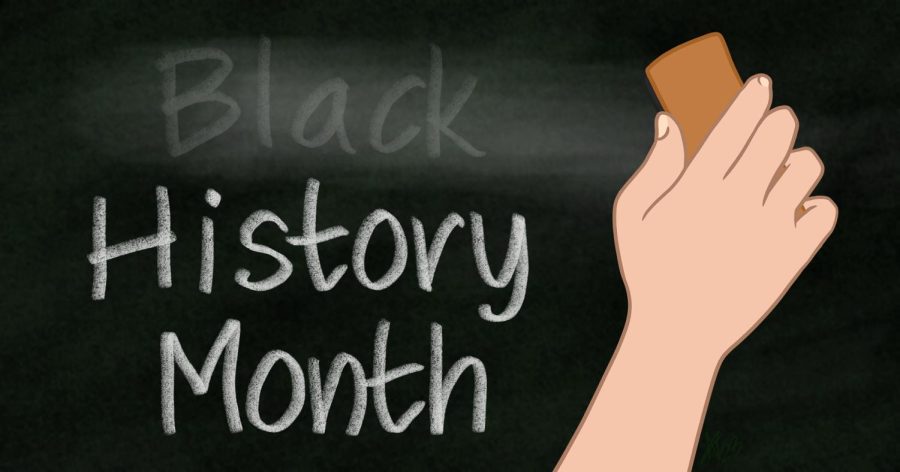

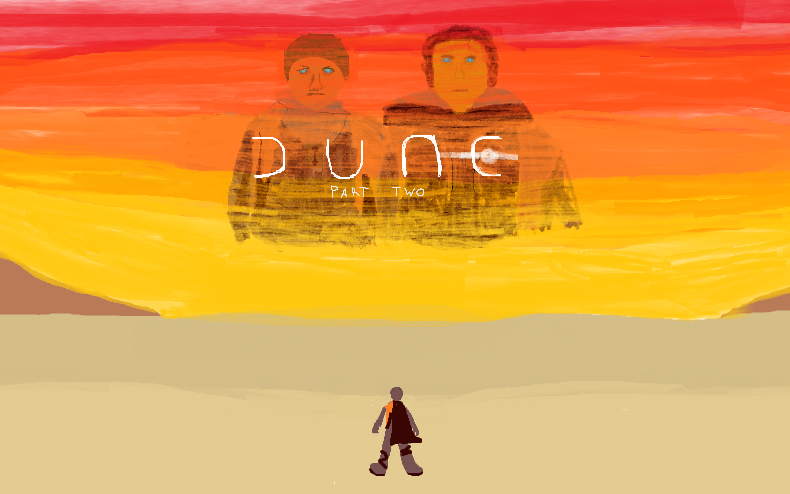
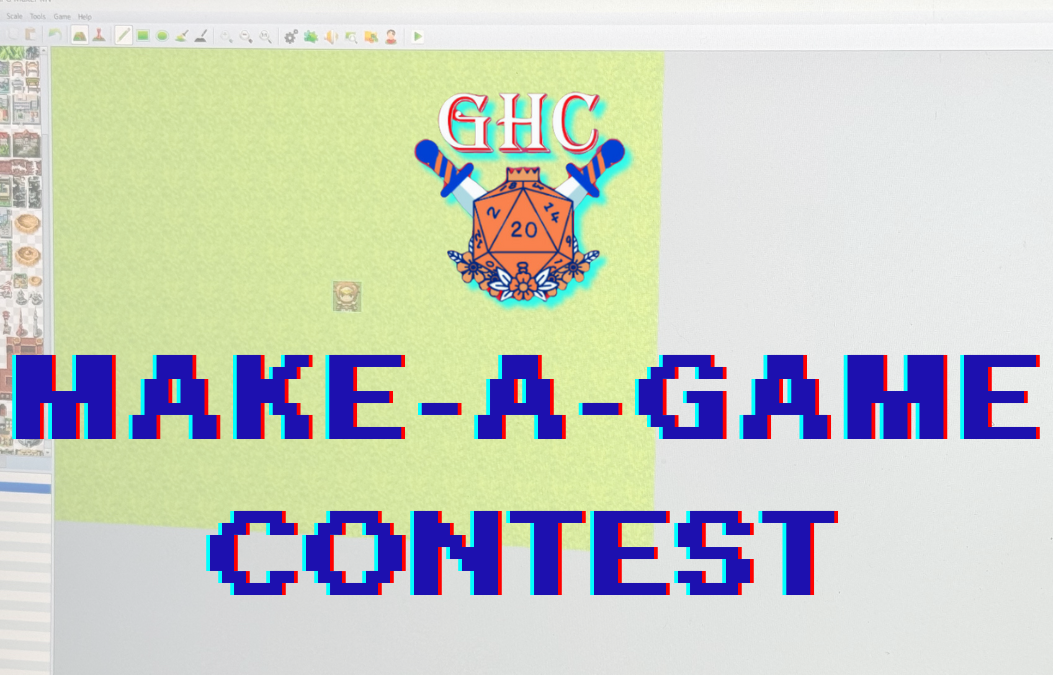
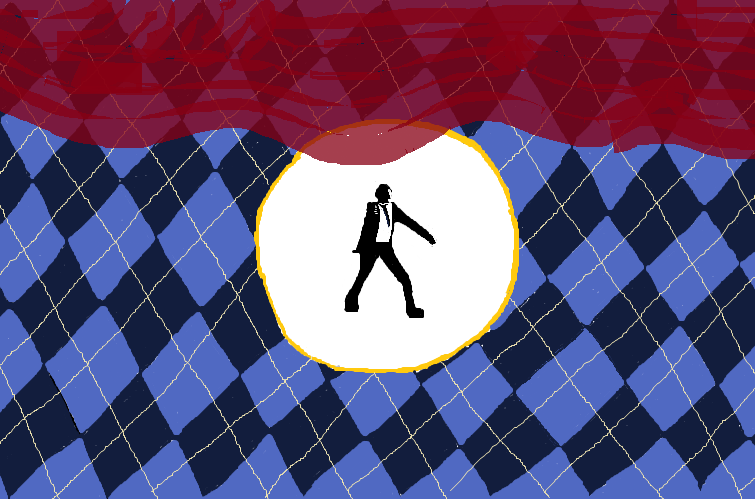
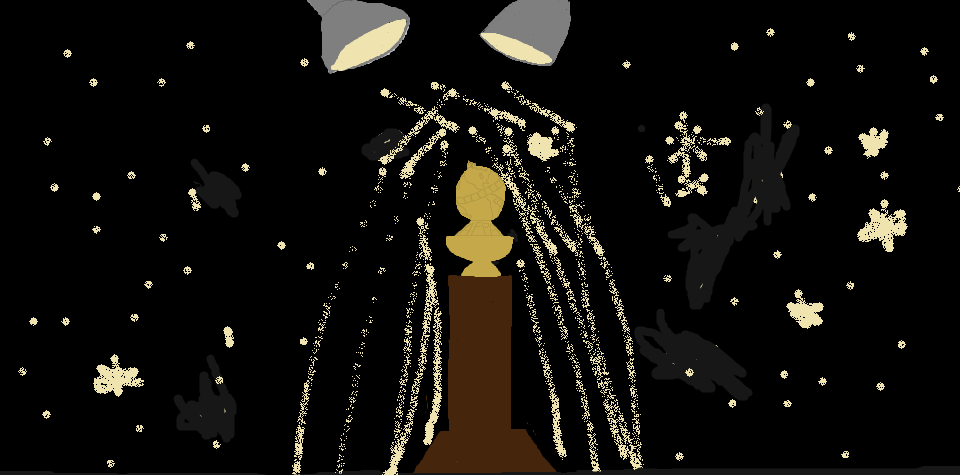
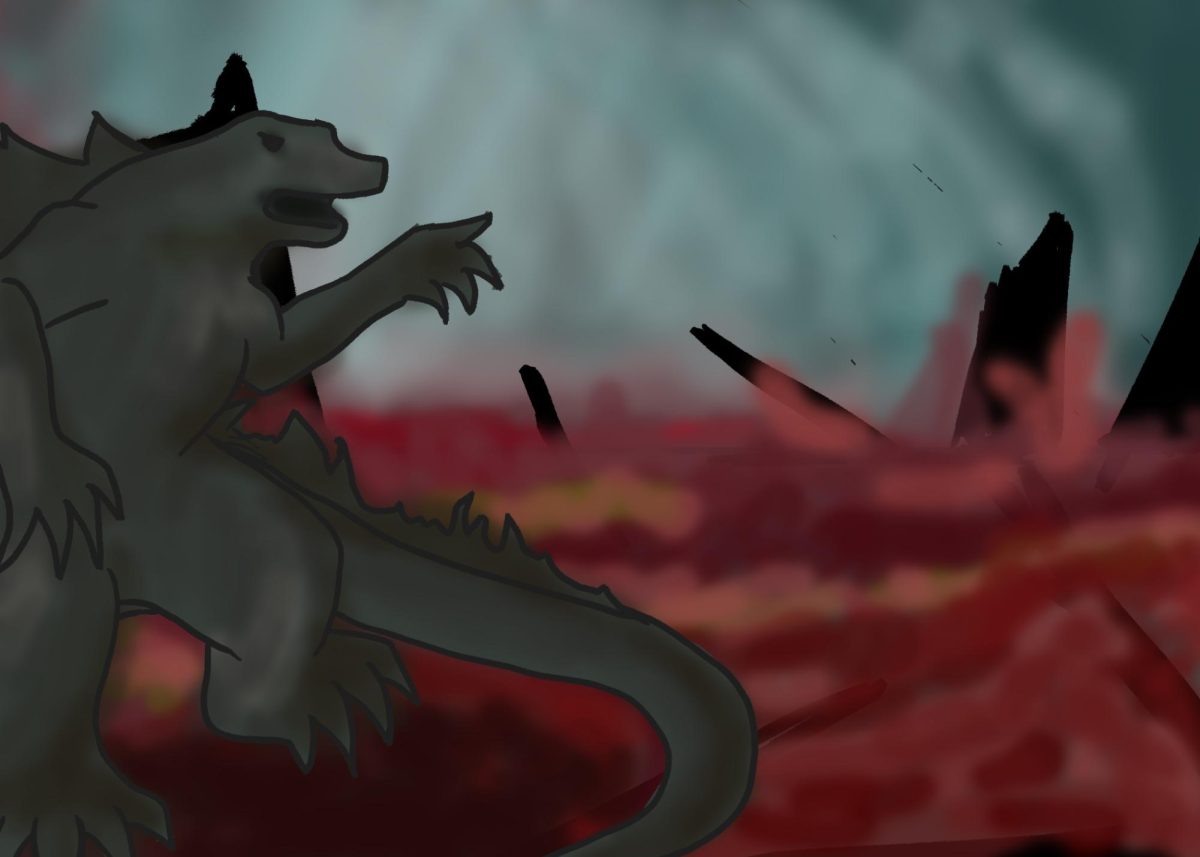
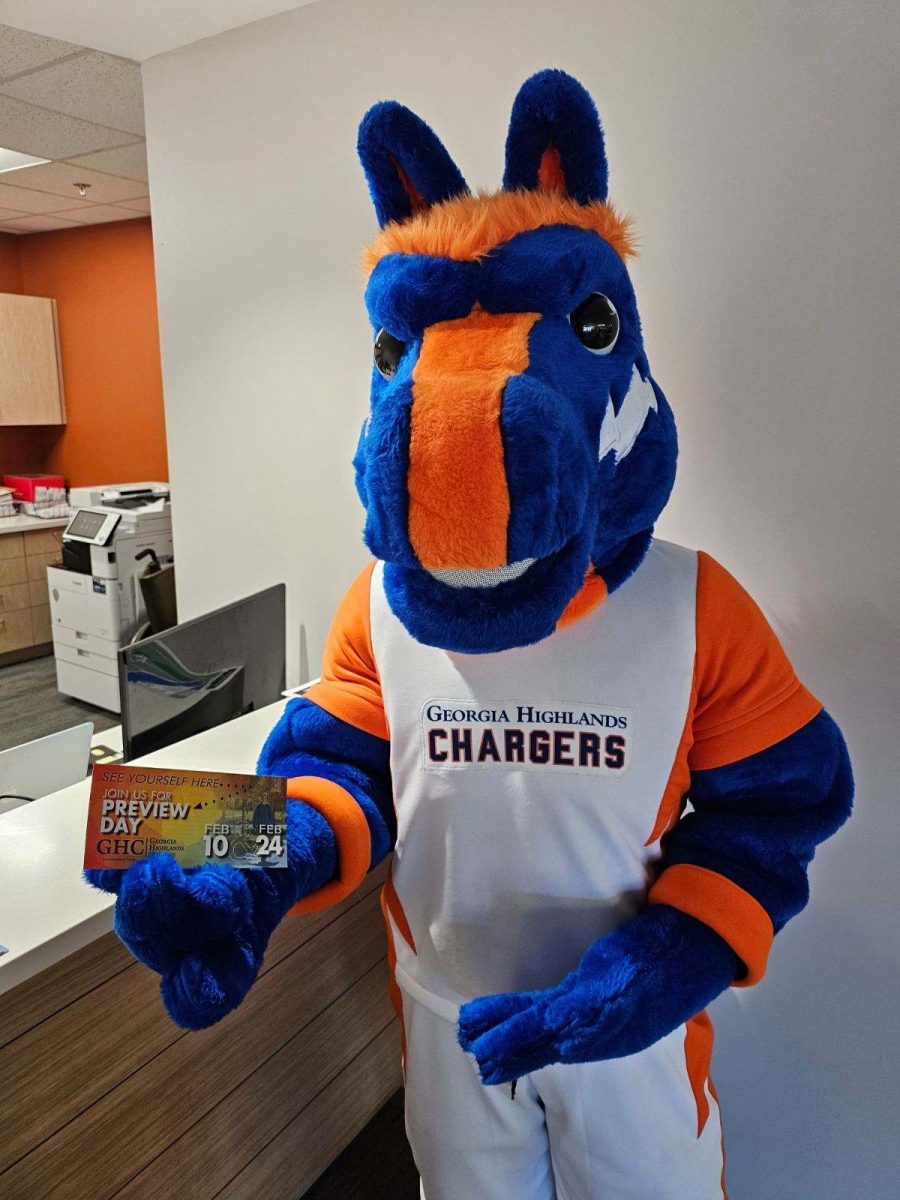

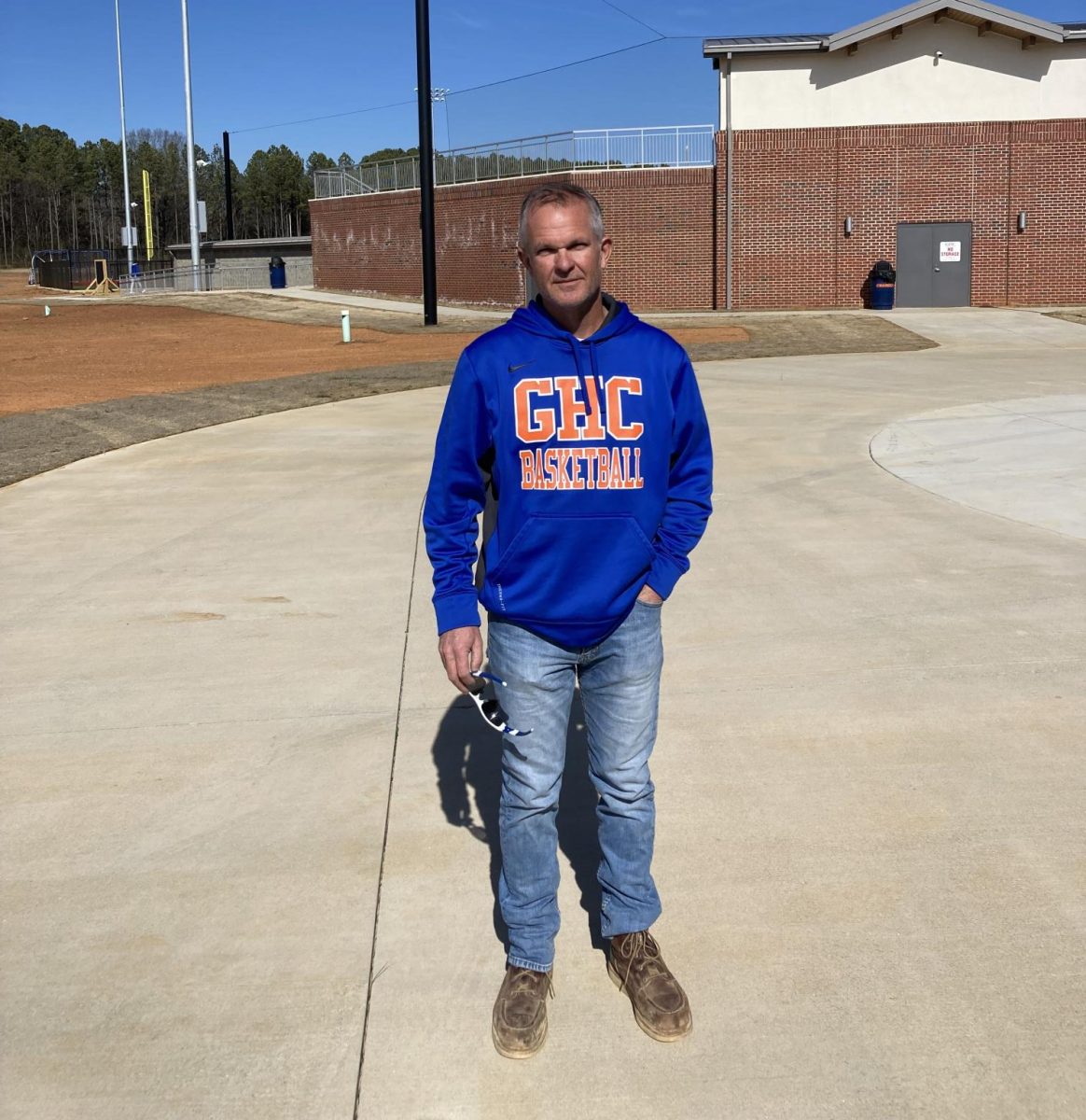
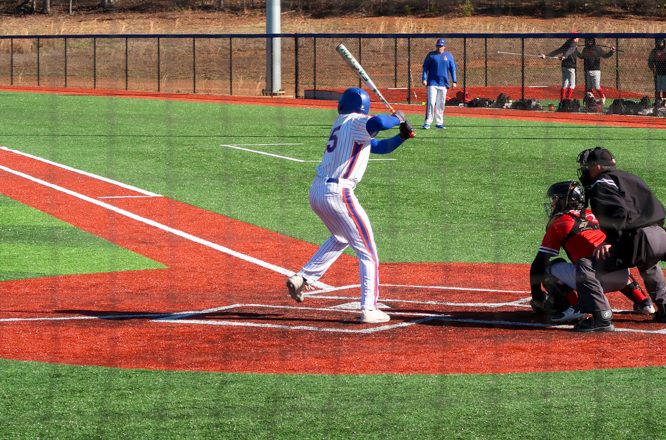
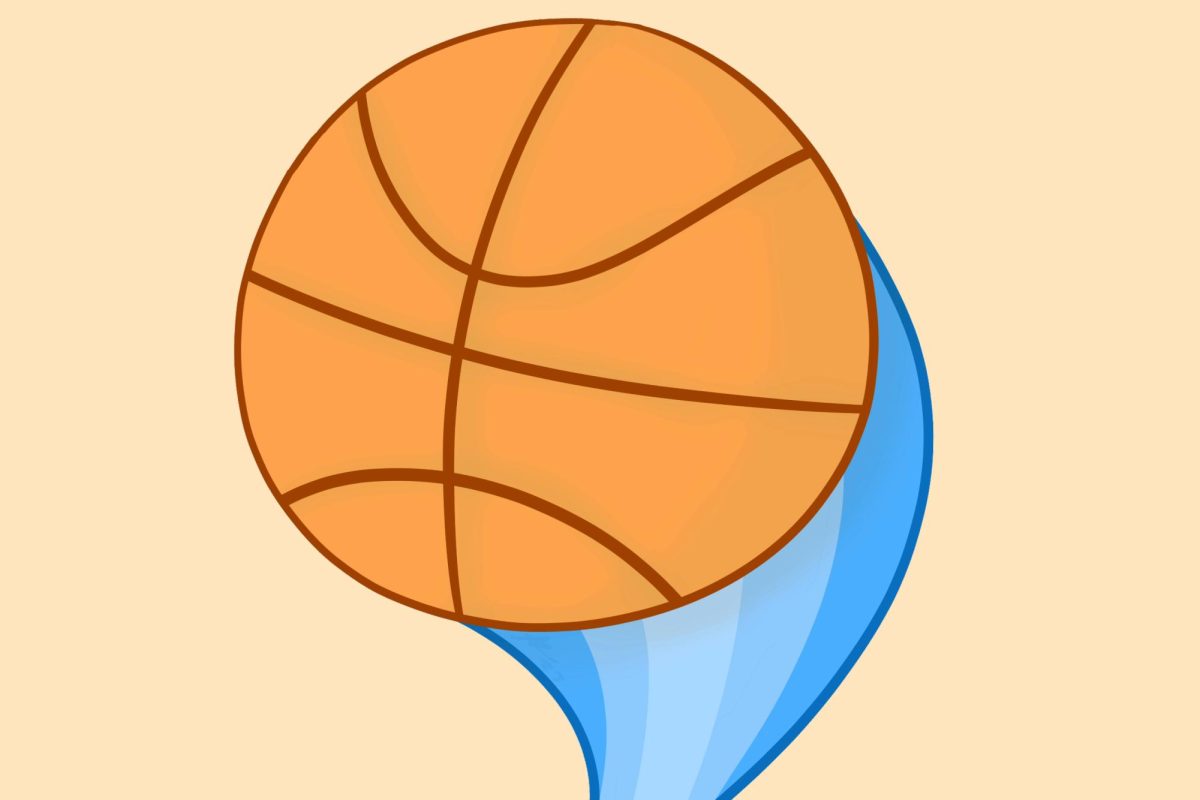





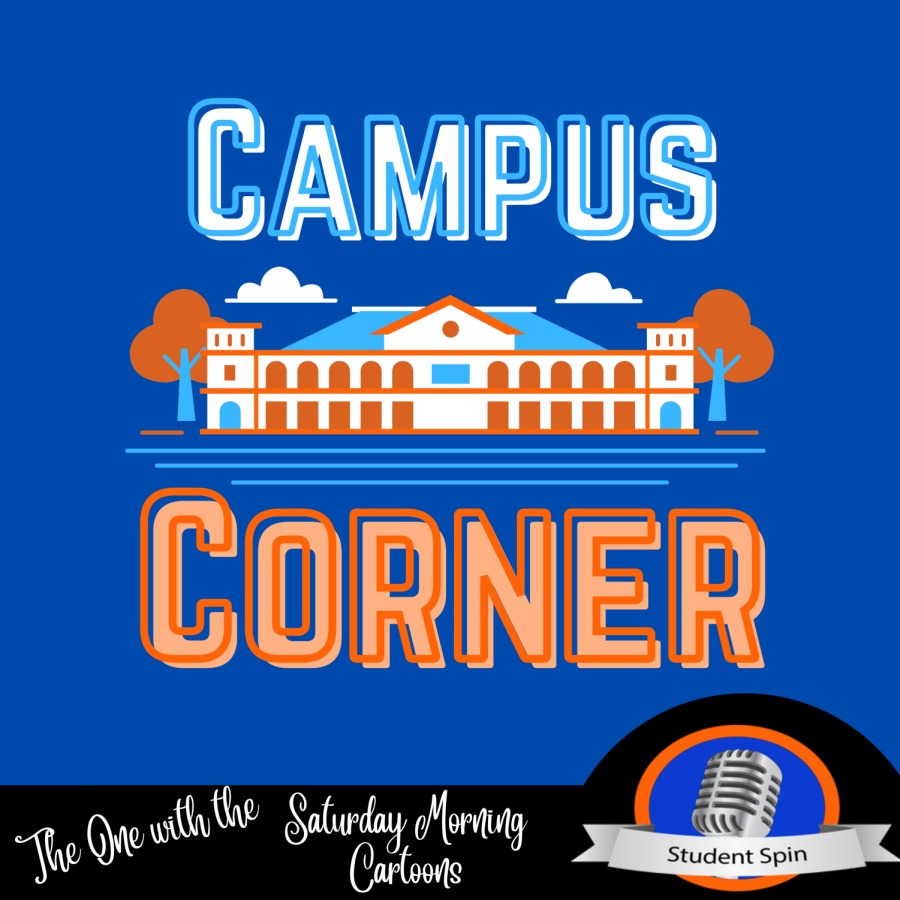




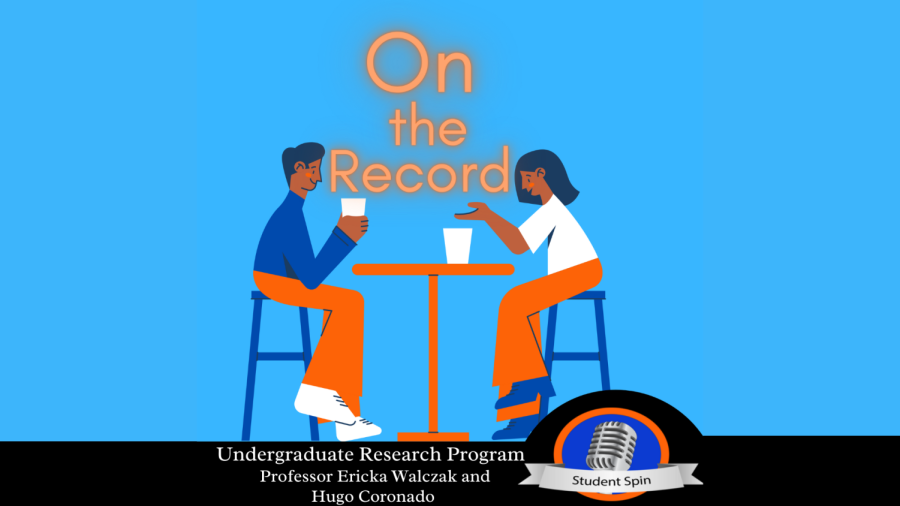
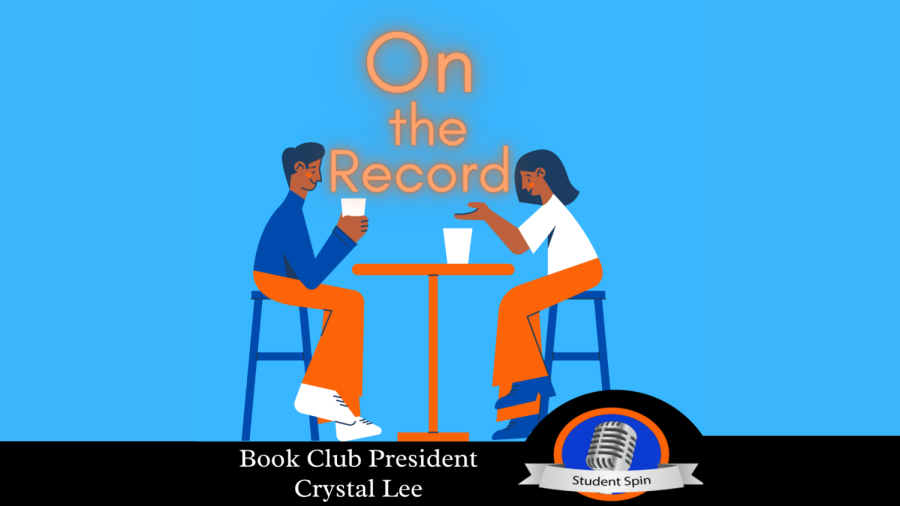
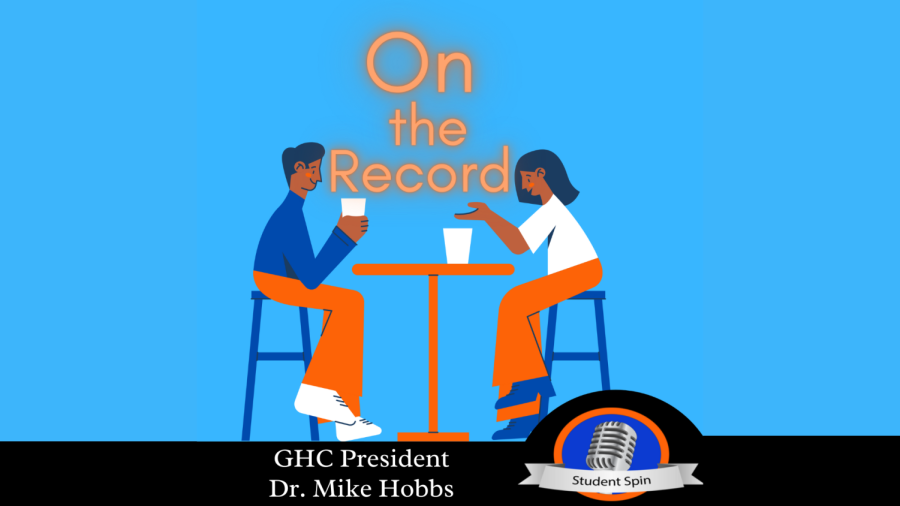

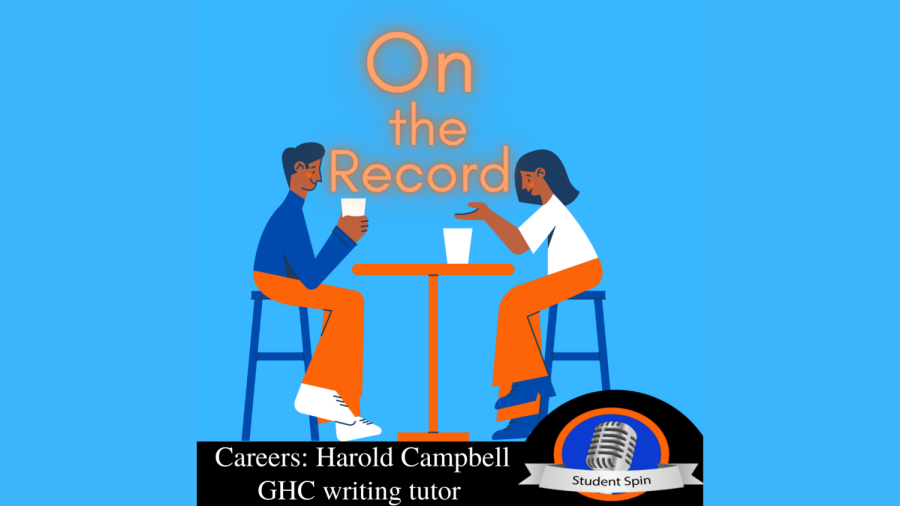




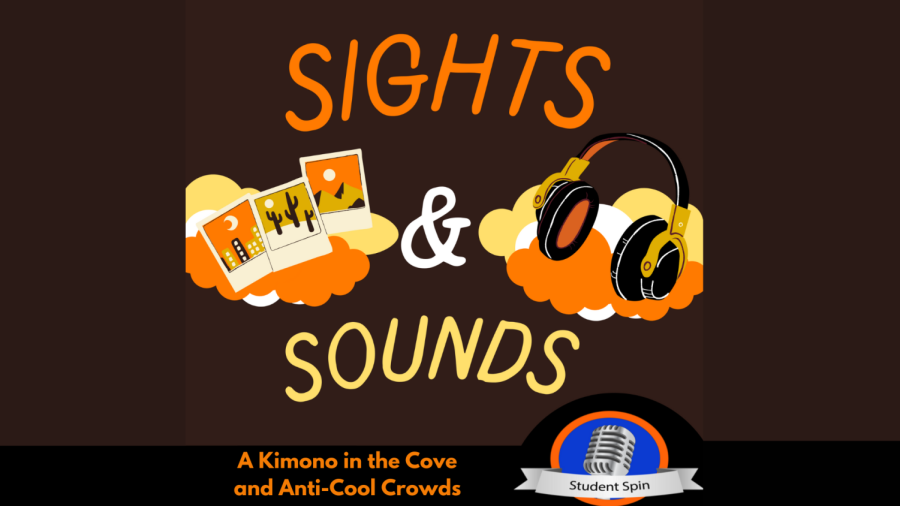







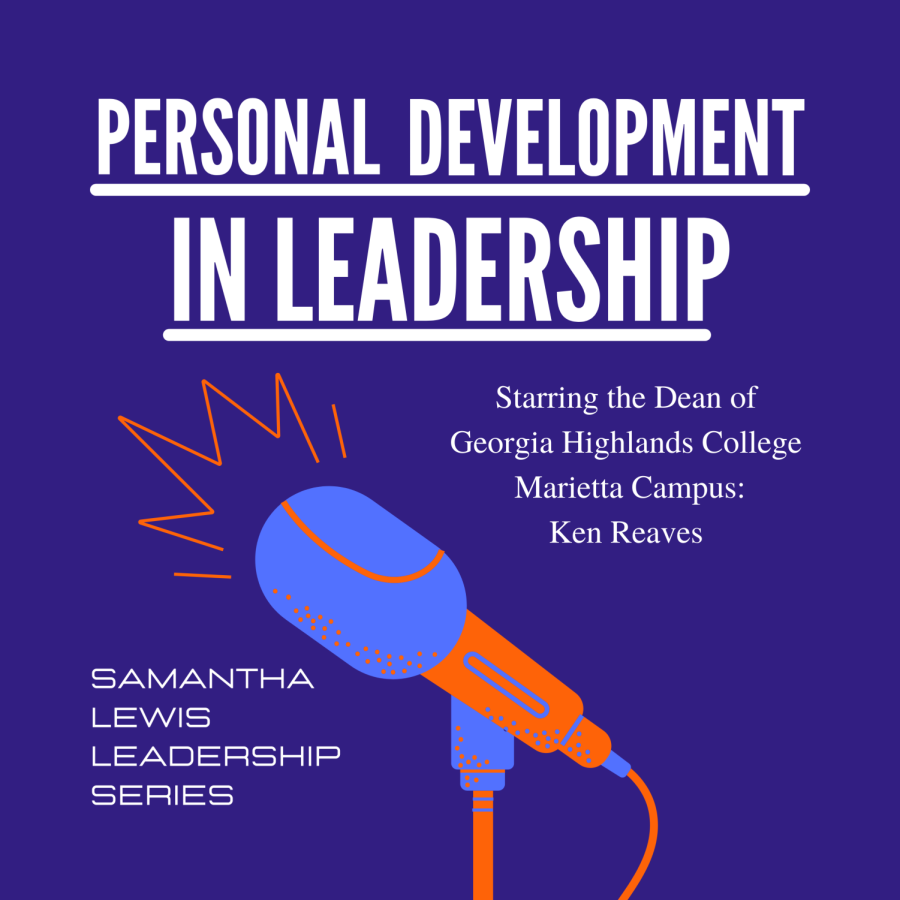



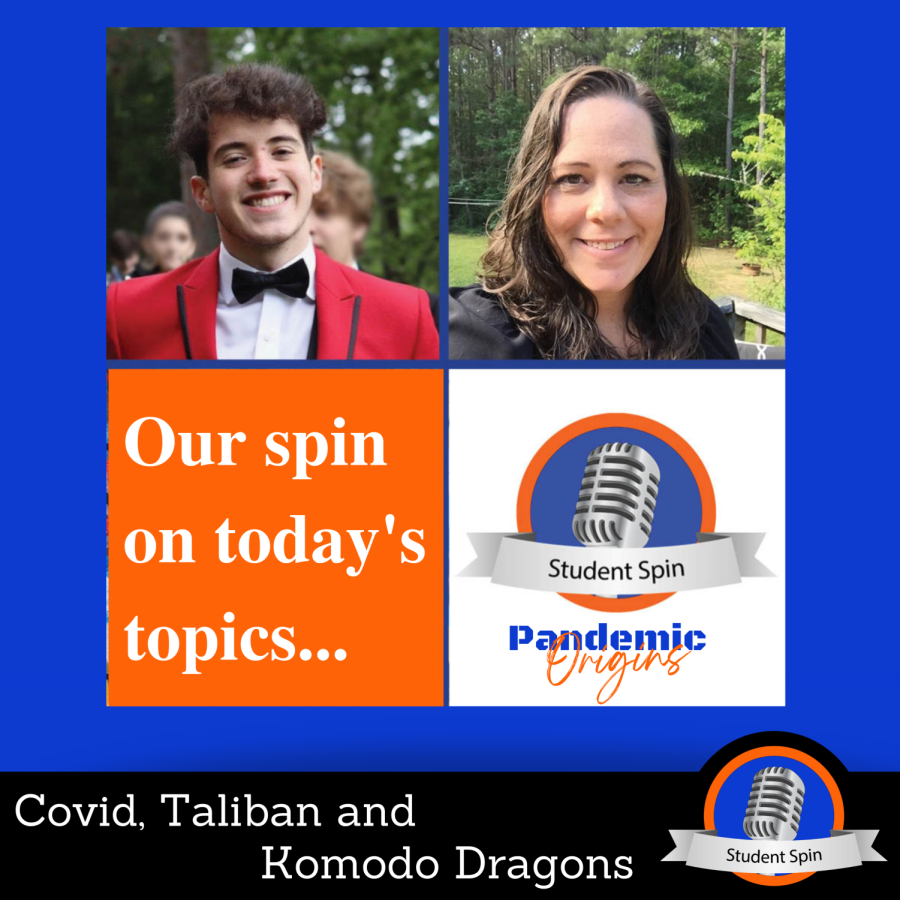


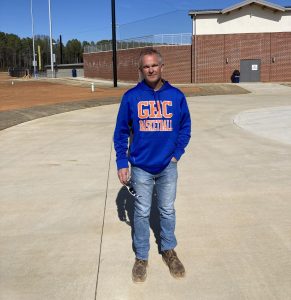
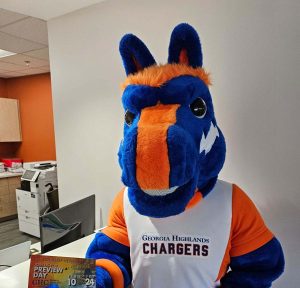
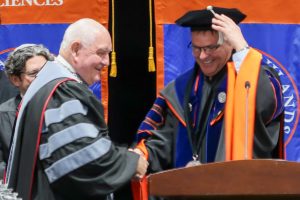
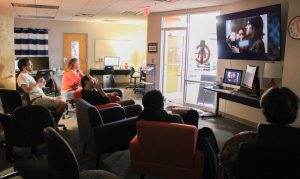
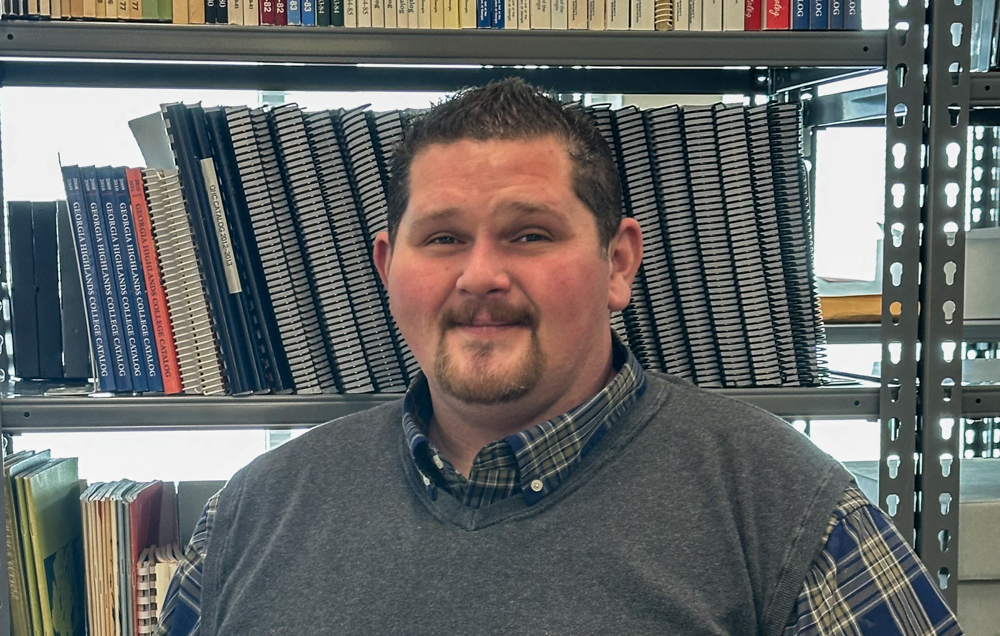
Thomas Early • Apr 29, 2023 at 10:42 am
Very nice fossil.i have some trilobites and a sea turtle fossil I’ve found .I’m a rock lover and have a collection of Indian artifacts as well.i also have some suspect meteorites.id love to show them to you some time.